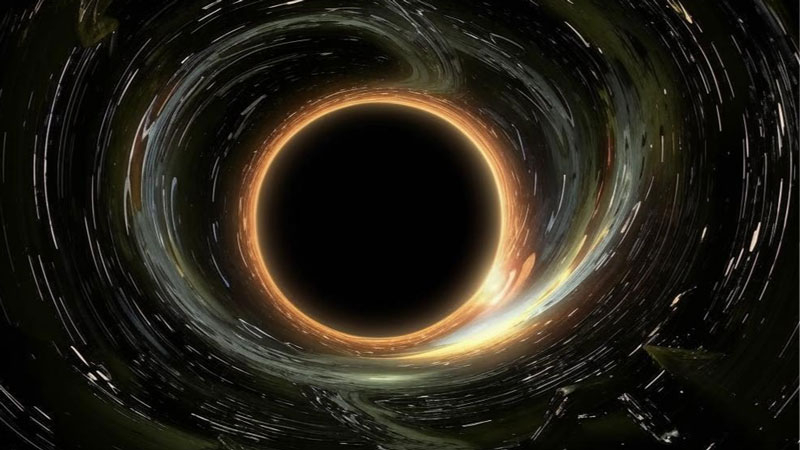Just 0.1 light years from the center of the Milky Way there may be an intermediate mass black hole – the existence of such objects has not yet been proven, and the candidates can be counted on the fingers of one hand. There is a gap between stellar-mass black holes and super-large ones, making the normal evolution of black holes inexplicable. Like other objects in the Universe, black holes must feed and grow gradually, rather than jumping from one state to another.

Image source: AI generation Kandinsky 3.0/3DNews
About a quarter of a century ago, the compact star cluster IRS 13 was discovered in the center of our galaxy. It puzzled scientists from the very beginning, and as observational tools improved, it became more and more mysterious. At first, scientists thought it was a supermassive star. IRS 13 was then reclassified as a double star system. Then it was considered that this was the so-called Wolf-Rayet star. New work from astronomers at the University of Cologne has shown that IRS 13 may be a small star cluster with a compact source of mass inside.
But there is one twist to all this. The IRS 13 cluster is located next to the 4.3 million solar mass black hole Sagittarius A* (Sgr A*), located at the center of the Milky Way. The black hole Sagittarius A* should have influenced the trajectory of the stars in the IRS 13 cluster and torn it apart. However, this does not happen, which led scientists to suspect the existence of some kind of “cementing” center near the cluster.
Analysis of the motion of stars in IRS 13 and modeling showed that in the middle of the cluster there may be a compact invisible object with a mass of 30 thousand solar. Since there are no sufficiently reliably confirmed black holes in the mass range from 100 to 100 thousand solar masses, the confident discovery of an object with a mass of 30 thousand solar masses promises to be a significant event in astronomy. This may be the first confirmed intermediate-mass black hole, which is guaranteed not to have arisen from a supernova explosion or from the merger of two stellar cores. She had to feed and evolve in the normal way to grow to a measurable mass.
Scientists tried to find out more about the mysterious object at the IRS 13 center and discovered at the site of the supposed location of the black hole X-ray radiation and a cloud of ionized gas rotating at a speed of 130 km/s, which was another confirmation of the discovery of a black hole. Since one study cannot provide reliable evidence of an amazing discovery, observations of IRS 13 will continue. If there really is a black hole there, then it will also be considered a candidate for absorption by the Sagittarius A* black hole, and this is another step towards the usual evolution of black holes: they really feed and grow.